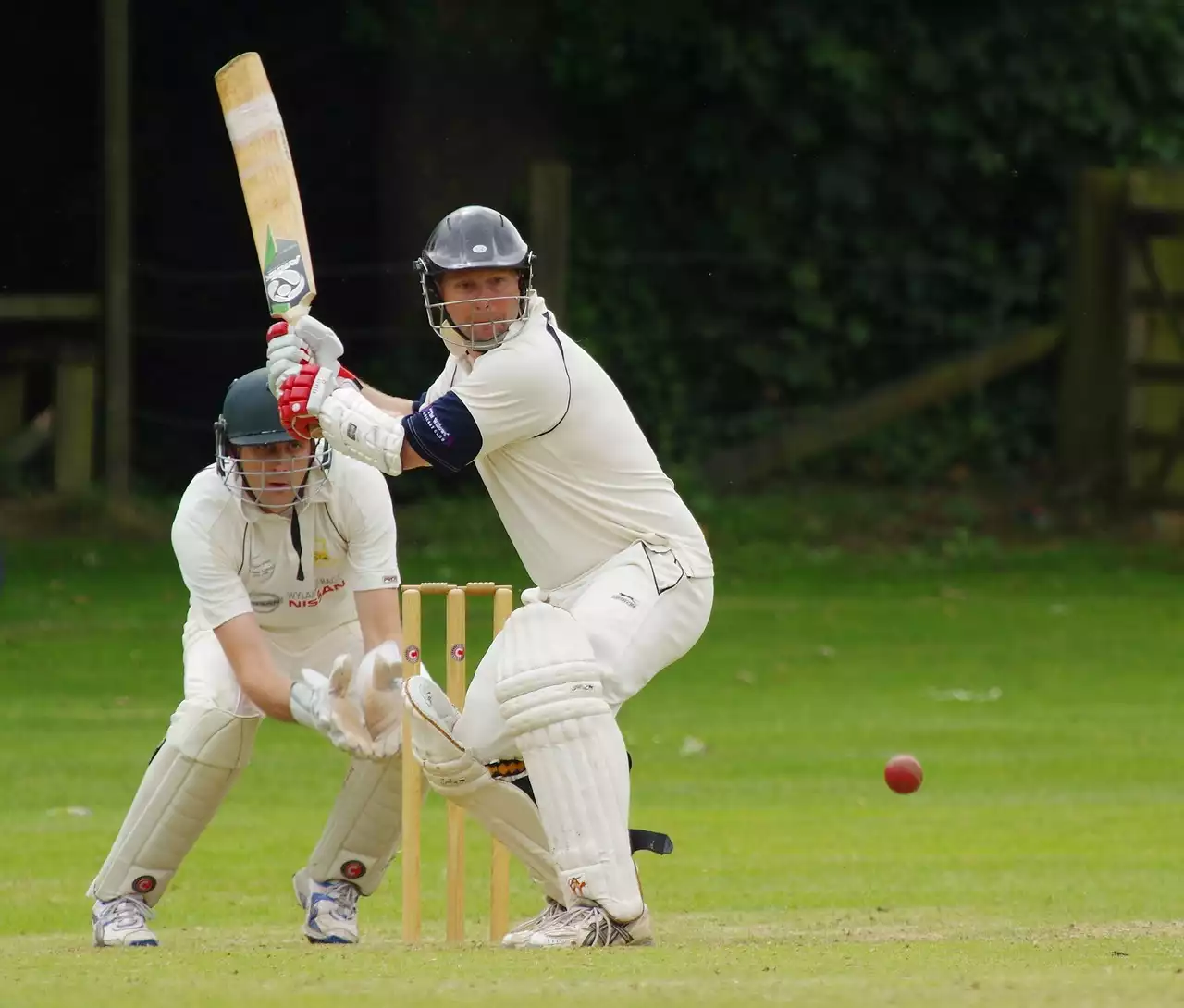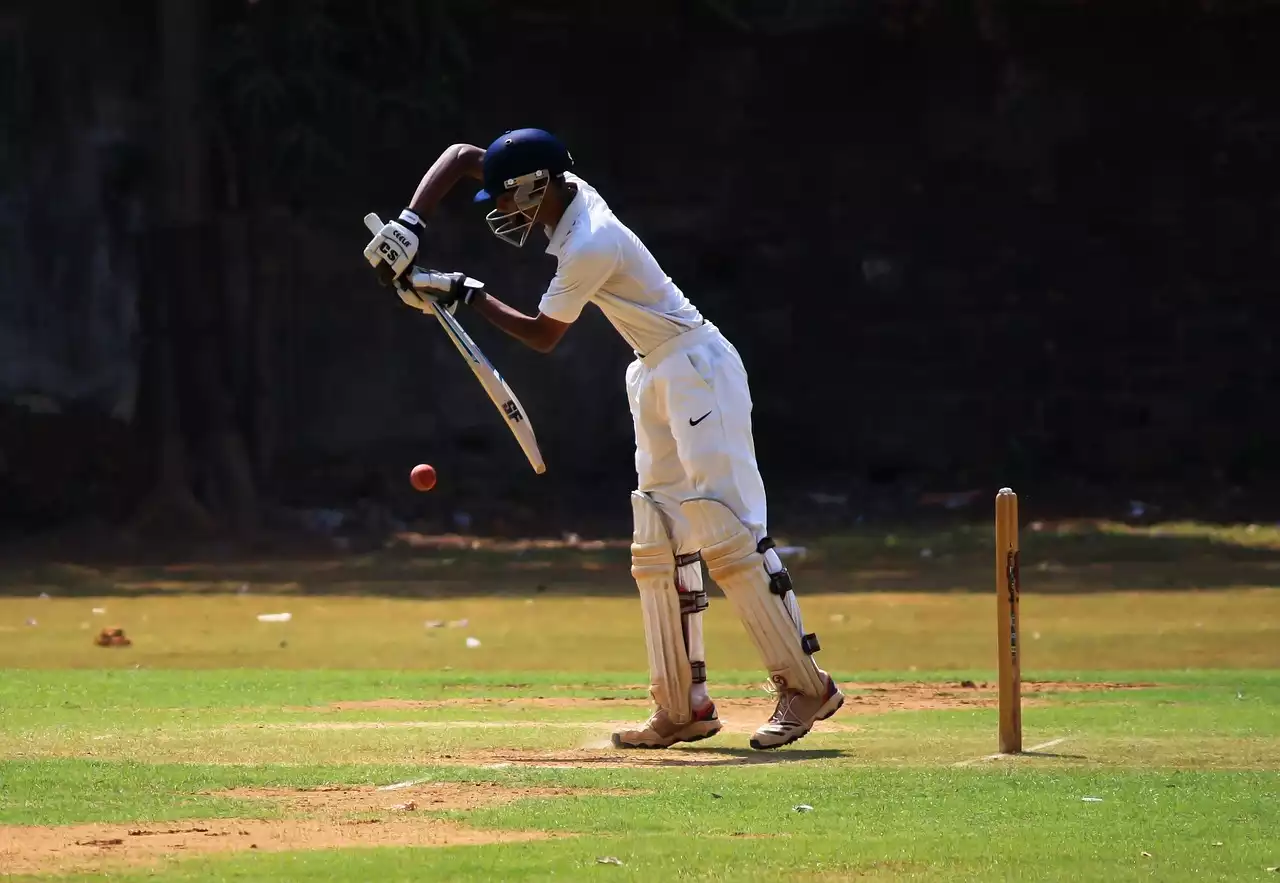History of Test Match
A test match is a form of first-class cricket played between two teams, each of two innings. Test matches are played under the rules of cricket, with a result determined by the number of runs scored and the number of wickets taken. Test matches are generally played over three to five days, with each team given two innings, i. Test matches were first played in 1877 after an English team touring Australia and New Zealand raised the idea and suggested that there should be a series of games against the host countries. The first Test Match was played between Australia and England at the Melbourne Cricket Ground on 15 March 1877, with England winning by 45 runs.
Rules and Regulations of Test Match
Test matches are played between two teams, each team with two innings. Each team bats for two innings each, and the team with the greater number of runs at the end of the game wins. If both teams have the same number of runs at the end of the game, the game is drawn. The length of the game is dependent on the condition of the pitch and weather conditions. Test matches are generally played over three to five days, with each team batting twice each day. There is a 10-minute break between each inning.
Popular Test Match Venues
The top cricket-playing nations in the world play a test match against each other regularly. The most popular test match venues are the major cricket grounds in England, Australia, India, and South Africa.
England - The major cricket-playing venues in England are Lord's, Headingley, The Oval, Edgbaston, and Trent Bridge.
India - The most popular test grounds in India are the Vidarbha Cricket Association Ground, the Bengal Cricket Association Stadium, the Central Railway Stadium, the Dr. Y. S. Rajasekhara Reddy Cricket Stadium, the Feroz Shah Kotla Ground, the Brabourne Stadium, the M. Chinnaswamy Stadium, and the Dr. S. Ali Stadium.
Tactics used in Test Match
Batting - The batsman aims to remain not out and to score as many runs as possible. The batsman can choose to defend his wicket or to attack the bowler by trying to score runs by hitting the ball.
Bowling - The bowler aims to get the batsman out. There are nine ways in which a batsman can be dismissed:
Bowled - The delivery is a good length that goes through the bent legs of the batsman and hits the wicket behind him. The batsman is not able to get his bat down in time to stop the ball from hitting his wicket.
Leg before wicket - The ball goes between the batsman's legs and hits the wicket behind him. The batsman is not able to get his bat down in time to stop the ball from hitting his wicket.
Hit wicket - The batsman misses the ball and accidentally hits his wicket with his bat or his hands.
Caught - The batsman makes a bad shot and the ball goes to the fielder.
Stumped - The batsman misses the ball and the wicket-keeper, who is standing behind the batsman, puts the batsman's leg out of the way with his foot and puts the ball down with one hand. This is not allowed in cricket.
Hit the ball twice - The batsman accidentally hits the ball a second time with his bat or his hand, or misses the ball and touches the ball with his body while the ball is in play.
Obstructing the field - The batsman stops the ball with his clothes or his body. Timed out - The batsman takes too much time to play his shot or the batsman is given out by the umpire because of too much time wasting.
The strategy of Test Match
The strategy at the Test level is that a team should play the game without getting anxious or frustrated. The team should be disciplined, follow the plan or strategy, and focus on taking opportunities as they come. The team that wins the game is the one that has shown patience, confidence, and focus throughout the game.
Importance of Test Match
Test matches are the highest form of cricket and the only form of the game where a team can be defeated but never be defeated. That is, a team that has been beaten as many times as it has won may still retain its undefeated status. This means that even though a team has lost, they are still able to hold their heads high because they have not been beaten.
Advantages of Test Match
- Test matches are played more traditionally and authentically. This makes the game more challenging and even more fun for the players and fans.
- There are many formats of cricket, but only one test format. This means that fans can enjoy the game in one form and one way.
- Test matches tend to be more engaging for the audience, who are more likely to remain interested in the game throughout the contest.
- Test matches help to build camaraderie among players and fans.
Disadvantages of Test Match
- Test matches are often long and demanding on players, who can be playing for days on end without a break.
- Test matches may be less engaging for the audience who may be unable to stay focused on the contest for a long period.
- Test matches may be less profitable for broadcasters who may be unable to find a way to keep fans engaged for a long period.










